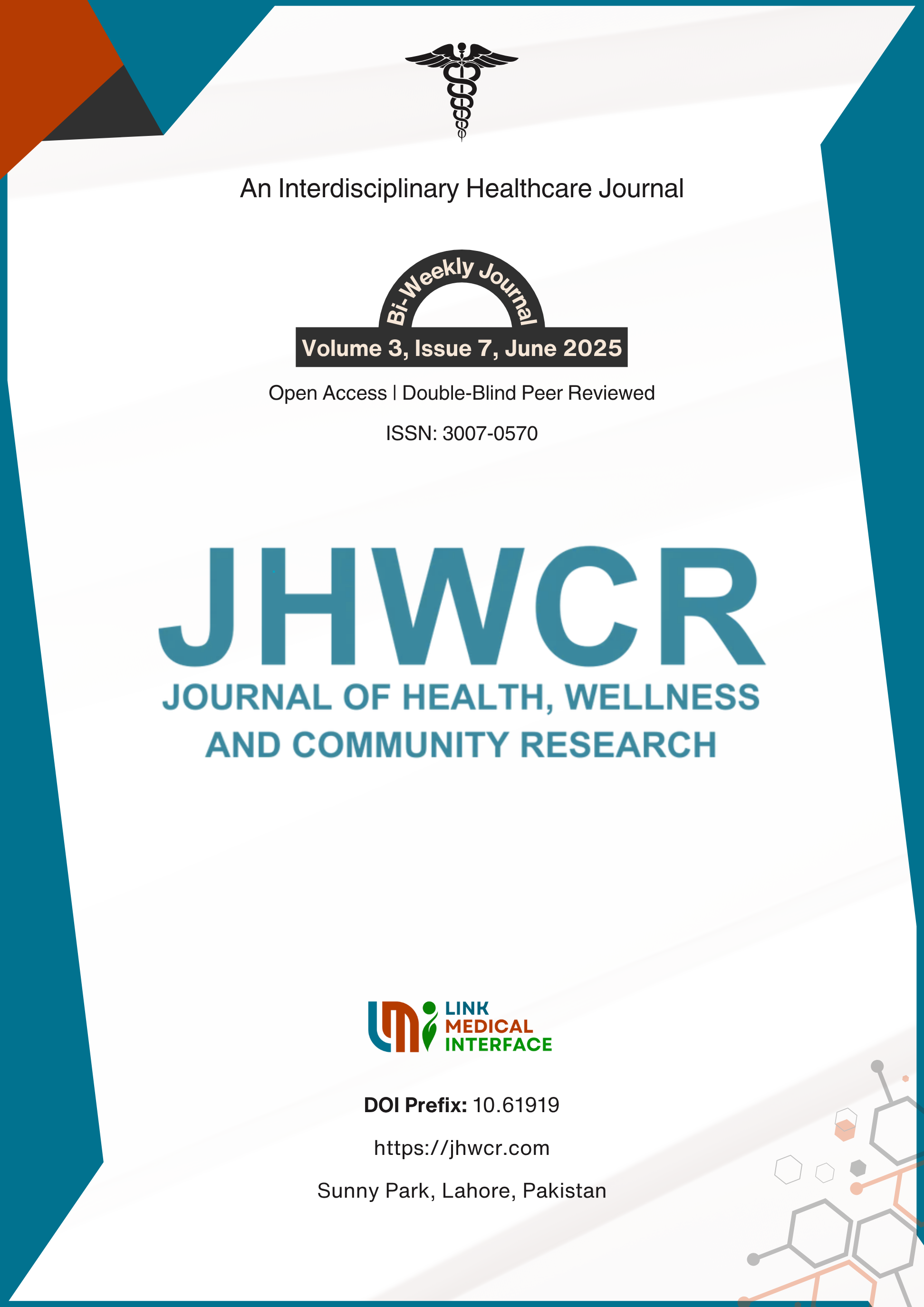Role of 5 Alpha Reductase Inhibitor Dutasteride in Decreasing Blood Loss in Trans Urethral Resection of Prostate for Benign Prostatic Hyperplasia
DOI:
https://doi.org/10.61919/hstbq074Keywords:
Benign Prostatic Hyperplasia, Dutasteride, Transurethral Resection of Prostate, Hemoglobin, Blood Loss, 5-alpha Reductase Inhibitors, Perioperative CareAbstract
Background: Benign prostatic hyperplasia (BPH) is a prevalent condition in aging males that often necessitates transurethral resection of the prostate (TURP), a procedure commonly associated with significant intraoperative bleeding. While 5α-reductase inhibitors like dutasteride are known to reduce prostate volume, their efficacy in minimizing surgical blood loss remains inconclusive across existing literature. Objective: To evaluate the effectiveness of short-term preoperative administration of dutasteride in reducing intraoperative blood loss during TURP in patients with benign prostatic hyperplasia. Methods: This randomized controlled trial was conducted at the Institute of Kidney Diseases, Peshawar, over six months, involving 120 male patients aged 50–80 years with ultrasonographically confirmed BPH and prostate volume >30 grams. Participants were randomized into two groups: one received oral dutasteride (0.5 mg daily) for four weeks preoperatively; the control group underwent TURP without pretreatment. Patients with prostate cancer, urinary tract infection, prior prostate surgery, or recent 5α-reductase use were excluded. Pre- and postoperative hemoglobin levels were measured to assess blood loss, and transfusion need was recorded. Statistical analysis was performed using SPSS v23 with t-tests and chi-square tests; p ≤ 0.05 was considered significant. Institutional ethical approval was obtained in accordance with the Helsinki Declaration. Results: The mean hemoglobin drop was significantly lower in the dutasteride group (1.0 ± 0.4 g/dL) compared to controls (1.5 ± 0.5 g/dL; p = 0.002, Cohen’s d = 1.05). Transfusion was required in only 1.7% of dutasteride-treated patients versus 13.3% in controls (OR = 9.0, 95% CI: 1.1–74.6; p = 0.03). Conclusion: Preoperative dutasteride for four weeks significantly reduces intraoperative blood loss and transfusion rates in patients undergoing TURP for BPH, offering a safe and effective strategy to improve surgical outcomes and reduce perioperative risk in high-volume prostate cases.
Downloads
Published
Issue
Section
License
Copyright (c) 2025 Journal of Health, Wellness and Community Research

This work is licensed under a Creative Commons Attribution 4.0 International License.


